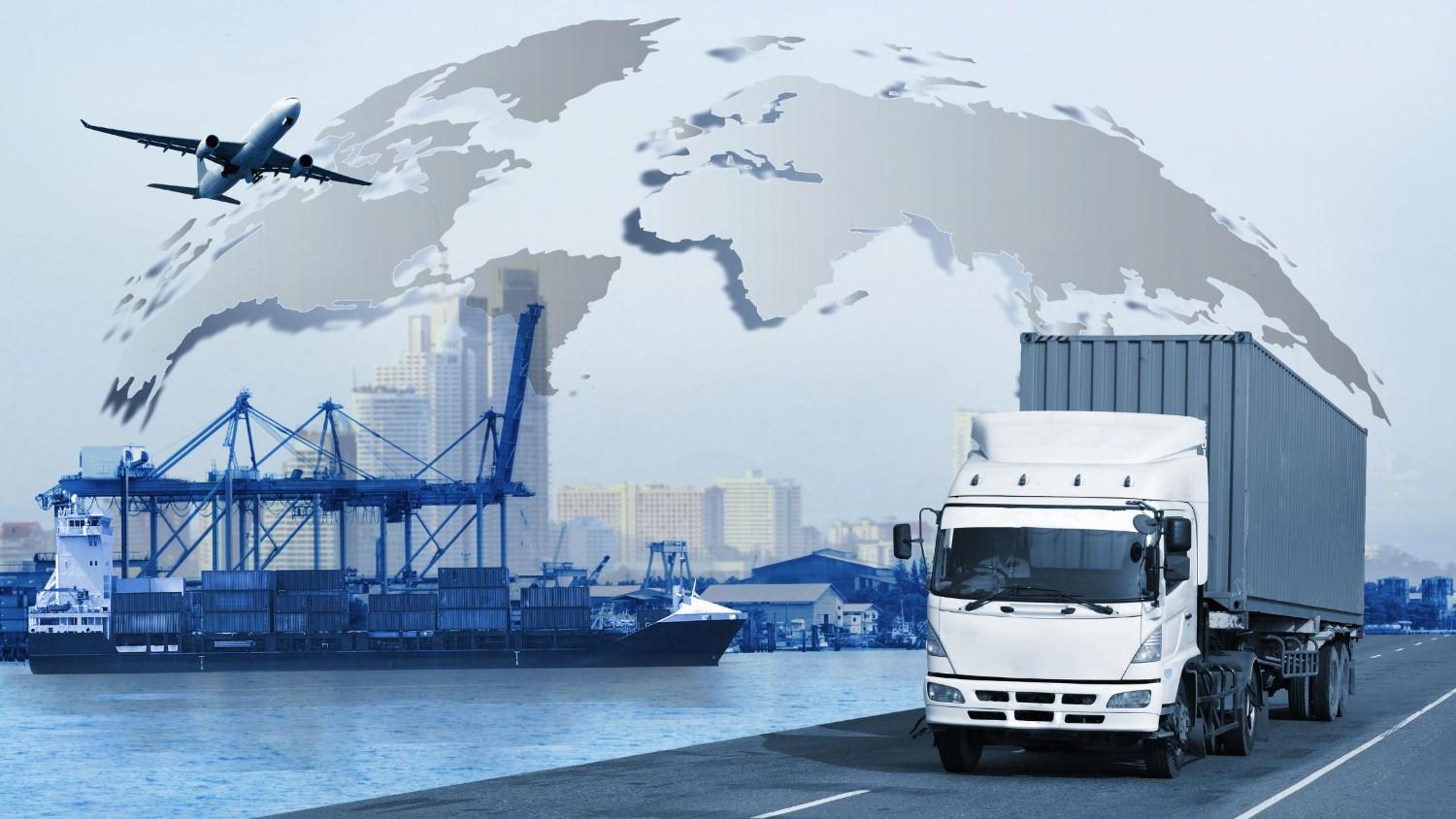
How Is ‘Made in India’ Shaping the Future of Global Trade?
In recent years, India has positioned itself as a key player in the global export market.
With the government’s push for “Made in India” and the growing prominence of Indian industries in sectors like manufacturing, technology, and pharmaceuticals, the country is witnessing a transformation in its role on the world stage.
But how has India achieved this, and what are the factors contributing to its export success?
This article will explore the Made in India movement, the country’s export growth, and the strategies behind its success in global markets.
The Evolution of India’s Export Landscape
India’s export journey has evolved significantly since its independence. Initially, the country was primarily known for exporting raw materials like textiles, agricultural products, and minerals. However, things have changed in recent decades, as India’s manufacturing capabilities, technological advancements, and strategic policies have enabled it to tap into high-value export markets.
Today, India exports a wide range of goods, from automobiles, electronics, and chemicals, to IT services, pharmaceuticals, and textiles.
Over the years, the country has moved from being a supplier of basic goods to becoming a hub for high-tech products and services, attracting global businesses looking for quality and cost-effective solutions.
Why “Made in India” Matters for the Global Economy
The Made in India initiative, launched by the Indian government in 2014, aimed to boost manufacturing and attract investments to promote local production. It focuses on making India a global manufacturing and export hub, contributing to job creation, economic growth, and a reduction in import dependence.
As part of the Atmanirbhar Bharat (Self-reliant India) campaign, this initiative has focused on enhancing the competitiveness of Indian products globally. The government’s efforts to improve the ease of doing business, improve infrastructure, and promote innovation have played a significant role in making India a strong player in international trade.
Additionally, the country’s well-established trade agreements with various regions, such as the ASEAN (Association of Southeast Asian Nations), EU, and Middle East, have helped boost India’s export potential.
Key Sectors Driving India’s Export Growth
Several industries have played an instrumental role in positioning India as a global export hub.
Below are the major sectors contributing to India’s export success:
1. Pharmaceuticals and Biotechnology
India is often referred to as the “pharmacy of the world” due to its significant contribution to global pharmaceutical exports. The country is one of the largest suppliers of generic drugs and vaccines, exporting medicines to over 200 countries.
In particular, India’s pharmaceutical companies like Dr. Reddy’s Laboratories, Sun Pharmaceuticals, and Cipla have gained international recognition for their high-quality products. With increasing healthcare demand globally, India’s pharmaceutical industry has seen rapid growth, positioning the country as a leader in this sector.
2. Information Technology (IT) Services
India has long been a global leader in IT outsourcing, and its IT services export sector is booming. Companies like Tata Consultancy Services (TCS), Infosys, and Wipro are now globally recognized for providing cutting-edge software development, cloud computing, and digital transformation services.
The country’s well-trained and cost-effective workforce, combined with advancements in artificial intelligence, machine learning, and blockchain technology, has made India an attractive destination for IT outsourcing.
3. Automobiles and Auto Parts
India’s automobile manufacturing sector has seen significant growth over the past two decades. Companies like Maruti Suzuki, Mahindra & Mahindra, and Tata Motors are not only leading domestic players but are also making strides in global markets, particularly in Africa, the Middle East, and Southeast Asia.
India is also a significant exporter of auto parts and components, which are used in the assembly of vehicles worldwide. As the automotive industry moves towards electric vehicles (EVs), India is expected to continue its growth in this sector, with a focus on eco-friendly technologies and innovation.
4. Textiles and Apparel
India’s textile and apparel industry has always been a cornerstone of its export sector. India is one of the largest producers of textiles and garments, and the global demand for its products is substantial.
From cotton to synthetic fibers, the Indian textile industry caters to a wide range of consumer markets. Moreover, the country’s rich cultural heritage, diverse traditional designs, and low production costs make Indian textiles highly desirable across international markets.
5. Chemicals and Petrochemicals
India is a leading exporter of chemicals and petrochemicals, which are used in everything from agriculture to pharmaceuticals to manufacturing. The Indian chemical industry has made significant strides in the past few years, with a focus on improving product quality and expanding capacity.
Indian companies like Reliance Industries, UPL, and Larsen & Toubro are contributing heavily to the global demand for chemicals, plastics, and fertilizers, cementing India’s role as an export powerhouse.
The Role of Government Policies in Promoting Exports
The Indian government has played a key role in boosting the export sector through a variety of initiatives and policies. The Foreign Trade Policy (FTP) aims to increase India’s exports to $1 trillion by 2025, through measures such as:
- Incentives for export-oriented industries: Schemes like MEIS (Merchandise Exports from India Scheme) and RoDTEP (Remission of Duties and Taxes on Export Products) provide support to exporters by reducing the cost of doing business and enhancing competitiveness.
- Improving logistics infrastructure: The government has made strides in improving ports, transportation networks, and warehousing facilities, which are crucial for enhancing the efficiency of international trade.
- Promoting export hubs: With the Make in India initiative, the government has incentivized the establishment of manufacturing clusters and special economic zones (SEZs), which provide a more efficient export environment for businesses.
Challenges in India’s Export Journey
While India’s export growth is commendable, there are still some challenges. These include:
- Quality control: Despite India’s vast manufacturing base, ensuring consistent quality standards across all sectors is a continuous challenge.
- Trade barriers: India faces high tariffs and trade barriers from some countries, which could limit its ability to penetrate new markets.
- Infrastructure bottlenecks: While improvements have been made, the logistics and infrastructure challenges still remain significant hurdles for India’s export growth.
India’s Future as an Export Leader
It is remarkable how India has grown into a global export powerhouse. As the country continues to focus on improving its manufacturing sector, innovation, and international trade policies, it is well-positioned to expand its export footprint further.
If you are looking to develop an efficient manufacturing or export-related infrastructure, VMS Consultants can help. We specialize in engineering, architecture, and project management services that cater to the needs of businesses in the industrial sector.
Contact us today to explore how we can support your export ambitions with our tailored solutions.





